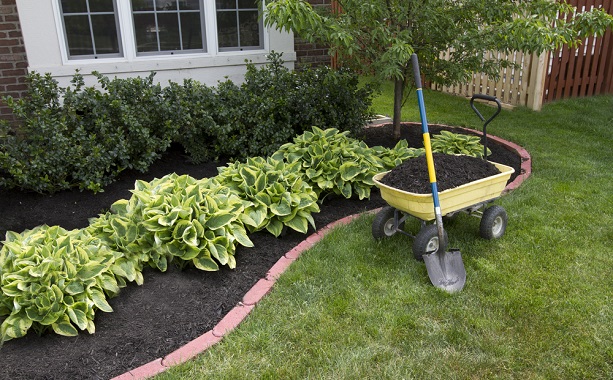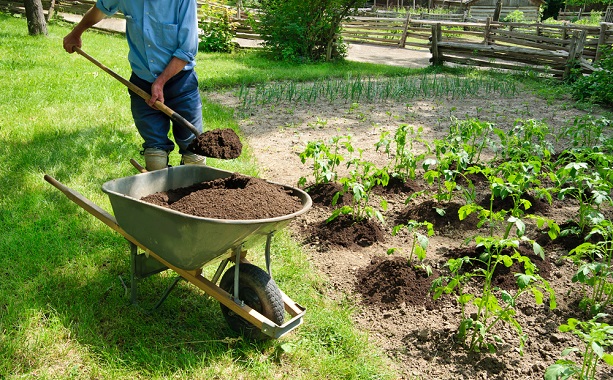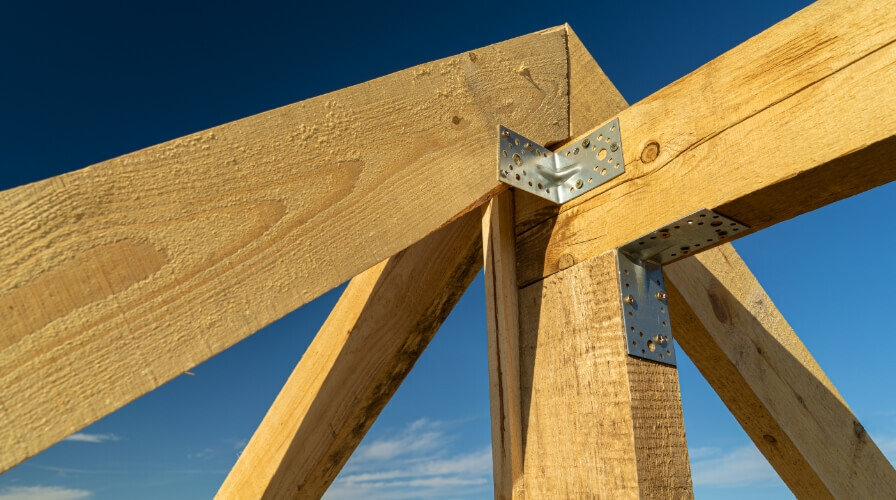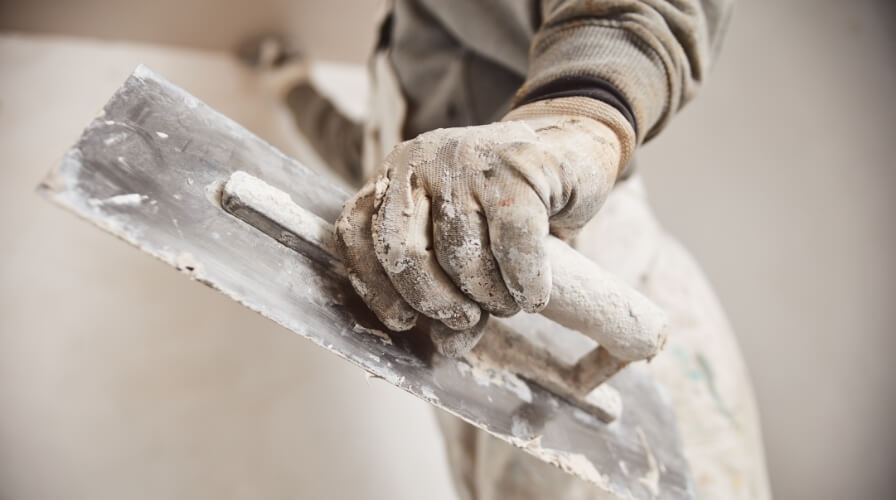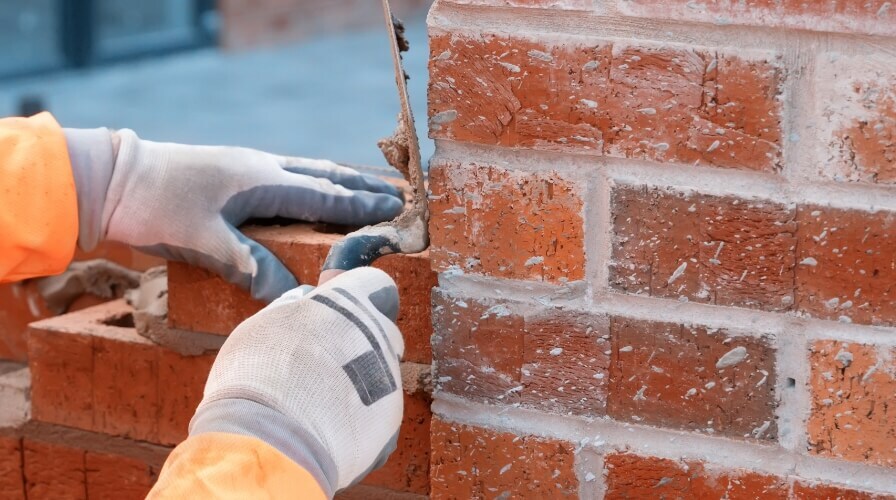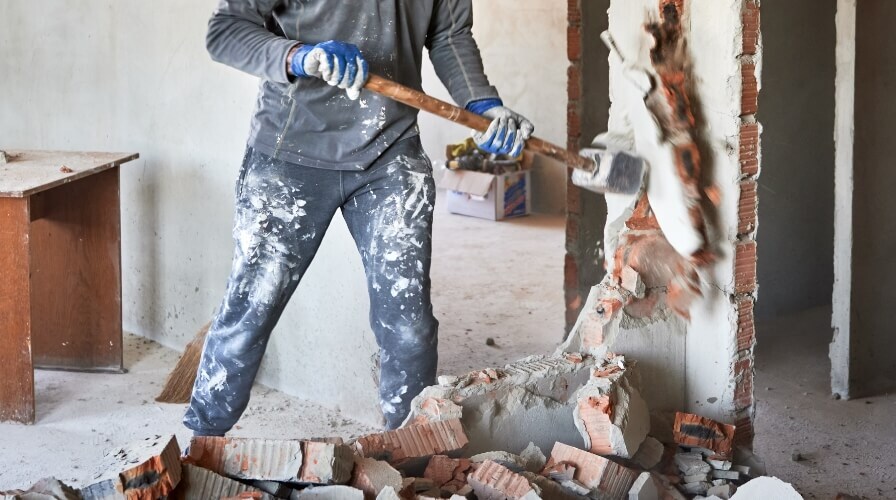How to level a lawn with topsoil
You may also wonder how to apply topsoil over an existing lawn. This process is known as levelling and helps make a garden neat.
First, find any low spots. These may be areas that are sunken or have poor drainage. Mowing the grass and removing debris can make these spots easier to see.
Spread the topsoil over the low garden, focusing on those low points. Use a garden rake to smooth the soil and create an even surface.
Watering the newly laid soil helps it settle and compact, further levelling it.
Once the topsoil has settled, you can reseed the lawn to fill bare patches. For best results, use a fertiliser designed to promote lawn growth.
To help establish the soil and encourage growth, homeowners must regularly water the newly levelled garden during the first few weeks. Watering helps the grass roots grow deep under the surface and create an even lawn.
How much topsoil do I need?
To work out how much topsoil you need, measure the dimensions of the area you wish to cover and multiply this by the required depth.
A good rule of thumb is to add a layer of topsoil around 3–6 inches deep. This gives the turf and plants enough soil to root in.
One tonne of topsoil will generally cover around 22 cubic feet, 0.63 cubic metres, or 0.81 cubic yards. You can use this to determine how many bags of topsoil you need for your project. Online topsoil calculators can also work this out for you based on the area and depth you enter.
How to improve topsoil quality
Better quality topsoil helps plants grow and keeps gardens looking neat.
Before finishing your landscaping project, you should advise your customers on the best ways to look after and improve their topsoil so that they can enjoy the benefits for longer.
- Add compost – Over time, the organic matter in the topsoil may decline. Homeowners can boost soil nutrients by adding compost and distributing it evenly across the garden.
- Crop rotation – Encourage your customers to practice crop rotation, which involves planting crops in different locations in the garden each year. This prevents nutrient depletion, breaks the disease and pest infestation cycle, and ensures the soil stays healthy.
- Use natural fertilisers – Overuse of synthetic fertilisers can harm the soil and reduce its quality. Suggest your customers use compost tea or bone meal instead.
- Grow cover crops – Cover crops protect the soil from erosion and add organic matter to the soil when turned over. Examples include clover or rye.
- Use mulch – Mulch helps soil retain moisture, keeps it cool, and prevents weed growth. It will also add organic matter back into the soil as it decomposes.
- Avoid soil compaction – Compacted soil stops plants from growing and reduces the soil structure. To prevent this, homeowners should keep tiling or overturning to a minimum.
You’ll hopefully now have a good understanding of topsoil, including the different types, its benefits, how to use it, choose the right one, and maintenance advice.
Topsoil is integral to most landscaping projects, so knowledge is crucial before starting a new job.

